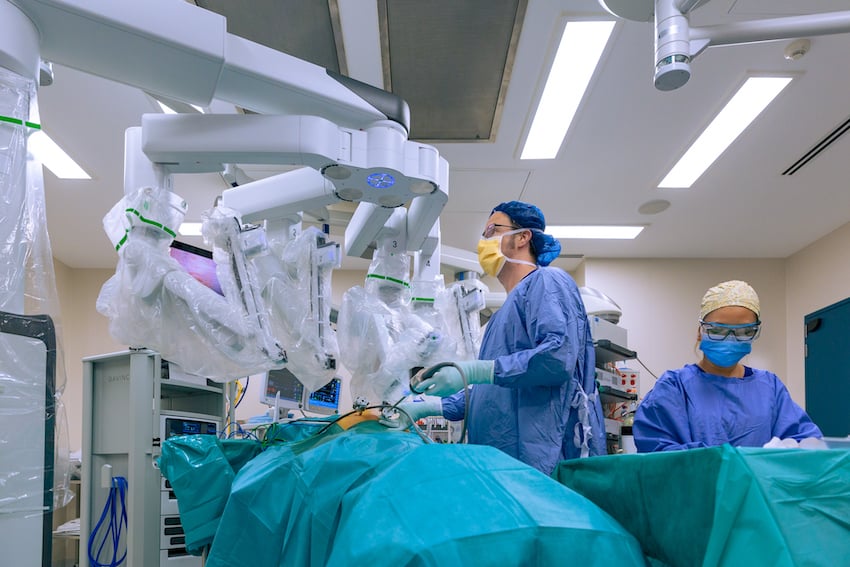What is the liver?
The liver is a large organ located under your rib cage on the right side of your abdomen. The liver has two halves, called the right and left lobes. The liver is a vital part of the digestive system and works with other gastrointestinal organs to digest, absorb and process food.
The liver has several functions:
- Filtering blood from the digestive tract before it passes around the body.
- Detoxifies chemicals and metabolises drugs
- Secretes bile (to help digestion in the intestines)
- Creates proteins that are important for blood clotting and other functions.

Recognising liver problems
Liver disease does not always present noticeable signs or symptoms. For those that do show symptoms of liver problems, they can vary and people can experience a range of symptoms at once. The most well known sign of liver problems is jaundice, where the skin and eyes appear yellow. Other symptoms that are important to be aware of could be dark urine colour, pale stool colour, itchy skin, bruising easily, abdominal pain and swelling, swelling in the legs or ankles, nausea/vomiting, loss of appetite and chronic fatigue.

Primary Liver Cancer
Primary liver cancer occurs when healthy cells in the liver stop working correctly and grow out of control, forming a malignant tumour. The main type of primary liver cancer is hepatocellular carcinoma (HCC). HCC forms in the hepatocytes (the liver’s main cell type) and is also known as hepatoma.
Cholangiocarcinoma
Cholangiocarcinoma (also known as bile duct cancer), is the other major type of primary liver cancer and forms in the bile ducts that connect the liver to the gallbladder and small intestine, that carry digestive fluid. There are different types of cholangiocarcinoma: intrahepatic cholangiocarcinoma occurs in the part of the bile ducts found within the liver, hilar cholangiocarcinoma occurs in the bile ducts just outside of the liver and distal cholangiocarcinoma that occurs in the bile ducts nearest to the small intestine.
Cancers That Spread to the Liver
Many cancers can spread to the liver, primarily any of the gastrointestinal tract cancers (such as oesophagus, stomach, colon/rectal, pancreatic), but also other cancers such as breast, melanoma, ovarian, kidney and lung. The main cancer that spreads to the liver is bowel cancer; this spreads to the liver in between ¼ to ½ of all patients with bowel cancer.
Liver Cysts
Liver cysts are small fluid filled sacs that form in the liver. A person can have a single or multiple liver cysts. Liver cysts usually do not cause any symptoms and usually don’t require any treatment. They are common and occur in approximately 5 percent of people. Liver cysts may cause pain in the abdomen however if they become large enough and sometimes do require surgery.
Hepatic Adenoma & FNH
Hepatic adenomas and Focal Nodular Hyperplasia (FNH) are benign tumours found in the liver. Hepatic adenomas and FNH are most common in women, with FNH accounting for approximately 8 percent of primary liver tumours, and hepatic adenoma is more rare.

Robotic Surgery for Liver Problems
A/Prof Charles Pilgrim offers his patients the opportunity of robotic assisted liver surgery using the da Vinci Xi surgical system. This world leading robotic surgery system translates A/Prof Pilgrim’s hand movements in real time, but with a greater range of motion, making it possible for him to operate through a few small incisions.
If you would like to make an appointment to discuss issues you may be experiencing with your liver please call our practice on (03) 9509 4811 to make an appointment, or you can book an appointment online
